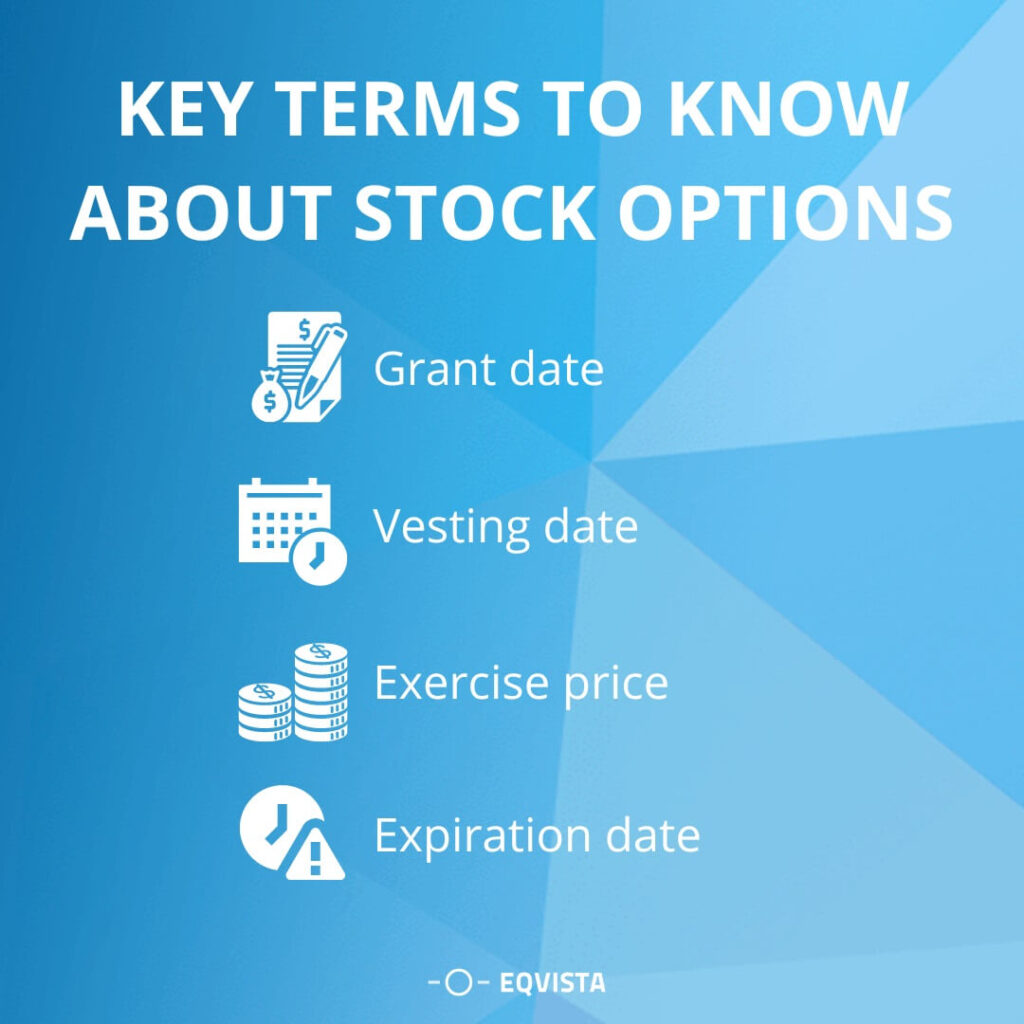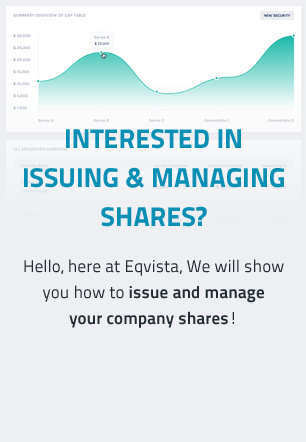Tax Implications When You Exercise Stock Options
This article will briefly discuss the concept of stock options, exercise, and the tax implications of exercising stock options.
Stock options are basically the right to buy a stock at a certain price in the future. While in private companies, stock options are often a part of a compensation package for the company’s employees. Usually, a vesting period is associated with the stock options, i.e., the employee can exercise the stock option only after the vesting period is completed. In general, exercise means an employee executing the option to buy the shares. But what are the tax implications of exercising stock options? Well, this article will briefly discuss the concept of stock options, exercise, and the tax implications of exercising stock options.
Stock options exercise
Stock options have several characteristics that make them different from other forms of equity. When stock options are granted to the employees, vesting of the options applies, and such a time period usually ranges from months to years. During the vesting period, the stocks are held back by the company till the employees meet all the vesting conditions. In this regard, when a stock option is exercised after the vesting period, the underlying shares are purchased at the predetermined price.
It is essential to note that stock options should be exercised before the expiration of their terms; otherwise, they would be worthless. When it comes to tax consequences, there are certain situations that would be considered taxable and others that would not be. Basically, the tax consequences would depend upon the nature of the option, and thus it is important to know the features of a stock option before evaluating the tax implications.
Understand stock options
Stock options are beneficial to employees as it gives them the right to buy a stock at a particular price during a predetermined period of time. The employer usually grants stock options to its employees in order to motivate them and to increase the employees’ ownership of the company. Employees, including senior management, consultants, and advisors, can be granted stock options.
As a matter of fact, the strike price or the exercise price is the price at which the employee can buy the stock, and it is usually fixed according to the fair market value of the stock on the date of grant. While during the vesting period, there is an option pool, which is the company’s stock that has been reserved for future issuance to employees. Now that you have a basic understanding of the mechanism of stock options let us look at some of the common ways to exercise stock options.
How do employees exercise their stock option?
Depending on the employee, they may either choose a cash or cashless exercise approach. Are you wondering what cash-based and cashless exercises mean? Well, below is a brief understanding of the terms:
- When the employee exercises the stock options by paying the strike price at any time before expiration, it is considered a cash-based exercise. The employee may hold the shares and sell them at a later date. If employees have confidence in the company’s future, then they may choose this approach.
- On the other hand, employees usually have a choice to sell their stock immediately after exercising under a tender offer in order to cover the cost of their shares, including additional transaction costs. It is a cashless approach as the employee does not have to pay any consideration to acquire the stock.
Thus, employees have a choice to exercise their stock options for cash or cashless. It is good that the employee decides a way that suits them in the long run, and it is entirely up to their discretion.
Key terms to know about stock options
Although there are many details of stock options, a few most important terms are as follows:

- Grant date – When the employer grants stock options, it is known as the grant date. Usually, an agreement is signed between the employer and employee, which specifies the terms and conditions of the stock options. The agreement includes the number of shares, exercise price, vesting period, and other conditions.
- Vesting date – This is the date on which an employee becomes eligible to exercise the stock options. Generally, this coincides with the vesting period of the stock options. While the time period of vesting can vary depending on the terms and conditions of each company.
- Exercise price – When the employee exercises the stock options, they have to pay the exercise price in order to purchase the shares. The exercise price is determined on the basis of the fair market value of the stock on the grant date.
- Expiration date – The expiration date is the last date when an employee can exercise their stock options. It is essential to note that the options are not valid after expiration, and thus, the options should be exercised before the expiration date.
Difference between ordinary income and capital gain tax
In order to better understand the tax treatment for stock options, it is essential to know the difference between ordinary income and capital gain tax. This would help you in analyzing and evaluating the tax implications accordingly. Following are the key points that help to distinguish ordinary income and capital gain tax:
- Ordinary income tax – Ordinary income tax is paid on the basis of your earnings throughout the tax year and is taxed at ordinary income rates. In regard to exercising stock options, the employee may have to pay ordinary income tax depending on the nature of the stock option. While ordinary income includes nonqualified dividends, short-term capital gain, or other related taxable income.
- Capital gain tax – Capital gain tax is basically a tax on the profits that are made from the sale of any asset, and it usually depends on how long you hold the asset. When an employee exercises stock options and holds onto the stock for a time period, and further sells the share more than the strike price, the employee would have to pay capital gain tax on the difference between the sale price and the exercise price.
Tax implications and exercising stock options
As mentioned above, the tax implications of exercising stock options would depend upon various factors. The tax consequences would be different according to the nature of the stock option. However, it is important to note that there is no immediate taxable event at the time of the grant due to the fact that stock options have a vesting period and there is no instant ownership. Therefore, the employee should carefully evaluate the tax implications before exercising stock options.
Understand tax implications when exercising stock options
Well, there are two types of stock options; statutory stock options and non-statutory stock options. Depending on the type, the tax implications would vary. In the case of statutory stock options, alternative minimum tax (AMT) or capital gain tax can be applied. On the other hand, non-statutory stock options would be taxed at the time of exercising the stock options under ordinary income tax and, similarly, capital gain tax at the time of selling the shares. Hence, it is important to analyze the tax obligations in advance to avoid any unwanted consequences.
Rules you should consider when exercising stock options
When it comes to stock options, you should know the tax rules before exercising the options. The general rule is that the employee would be required to pay capital gain tax on the difference between the sale price and the exercise price, usually in both types of stock options. However, for exercising statutory stock options, alternative minimum tax (AMT) may be applicable, which depends on different factors. While for non-statutory stock options, the ordinary income tax is applicable. Therefore, these are the basic rules you should consider before exercising stock options.
Understand alternative minimum tax
The alternative minimum tax (AMT) is a federal alternative income tax system. AMT applies to ISOs, where the employee exercises the option and holds the stock for that particular year. The primary purpose of AMT is to ensure that one is paying at least some regular income tax due to the fact that when employees exercise ISOs specifically, they get the benefit of adjusted taxes. AMT is calculated on the basis of the strike price and the fair market value (FMV) of the share. Typically, the difference in the price paid for the option (strike price) minus the FMV of the share results in the AMT.
How does tax treatment work on ISO and NSO?
- ISO or Incentive stock option – ISO is a statutory stock option or qualified option, usually beneficial for employees due to the fact that there is no taxable event at the time of exercising. However, at some point in time, after exercising the options, the employee may be subject to either AMT or capital gain tax. While AMT is only applicable to employees who are exercising the options and holding the shares for that specific year.
- NSO or Non-qualified stock options – NSO is also known as a non-statutory stock option, wherein the employee has to pay ordinary income tax at the time of exercising the stock options in that particular year and capital gains when the shares are sold above the purchase price. In fact, NSOs are not subject to AMT; however, there is a taxable event at the time of exercising the options.
How does expiration affect the tax treatment of stock options?
As a matter of fact, the expiration date is the last day on which the option can be exercised. Once the expiration date passes, the option becomes worthless, and the company will take back the options. Subsequently, when options are not exercised, no tax event will occur. As such, the expiration does not affect its tax treatment because when the options are exercised on time or before the expiration, the tax implications or treatment remains the same. Thus, the expiration of the option has no significant impact on its tax treatment.
Working on tax reporting for stock options
The reporting requirements for an employer would be to fill out the IRS Form 3921 for the Exercise of an “Incentive Stock Option Plan”. As your employee exercises the options, they are required to report the same and determine the loss or gain. As an employer, your transfer agent must provide IRS Form 3922 for “Transfer of Stock Acquired Through an Employee Stock Purchase Plan” to the employee after they purchase stock options at the discounted price. Your employee can calculate the gain or loss and whether it reflects capital or ordinary income using the information on the form.
Manage your stock options with Eqvista!
As an employer, it can be hectic and complicated to track and manage stock options, especially when there are multiple grants and exercises. Here is where Eqvista comes into play; as an employer, you can take advantage of our platform and manage the stock option program, hence saving time and money. Our team ensures that all the compliance forms are properly filled and filed in a timely manner, thus helping your company avoid any penalties or fines from the IRS. What are you still waiting for? Contact us today and find out how Eqvista can help you manage and track stock options!
Interested in issuing & managing shares?
If you want to start issuing and managing shares, Try out our Eqvista App, it is free and all online!
